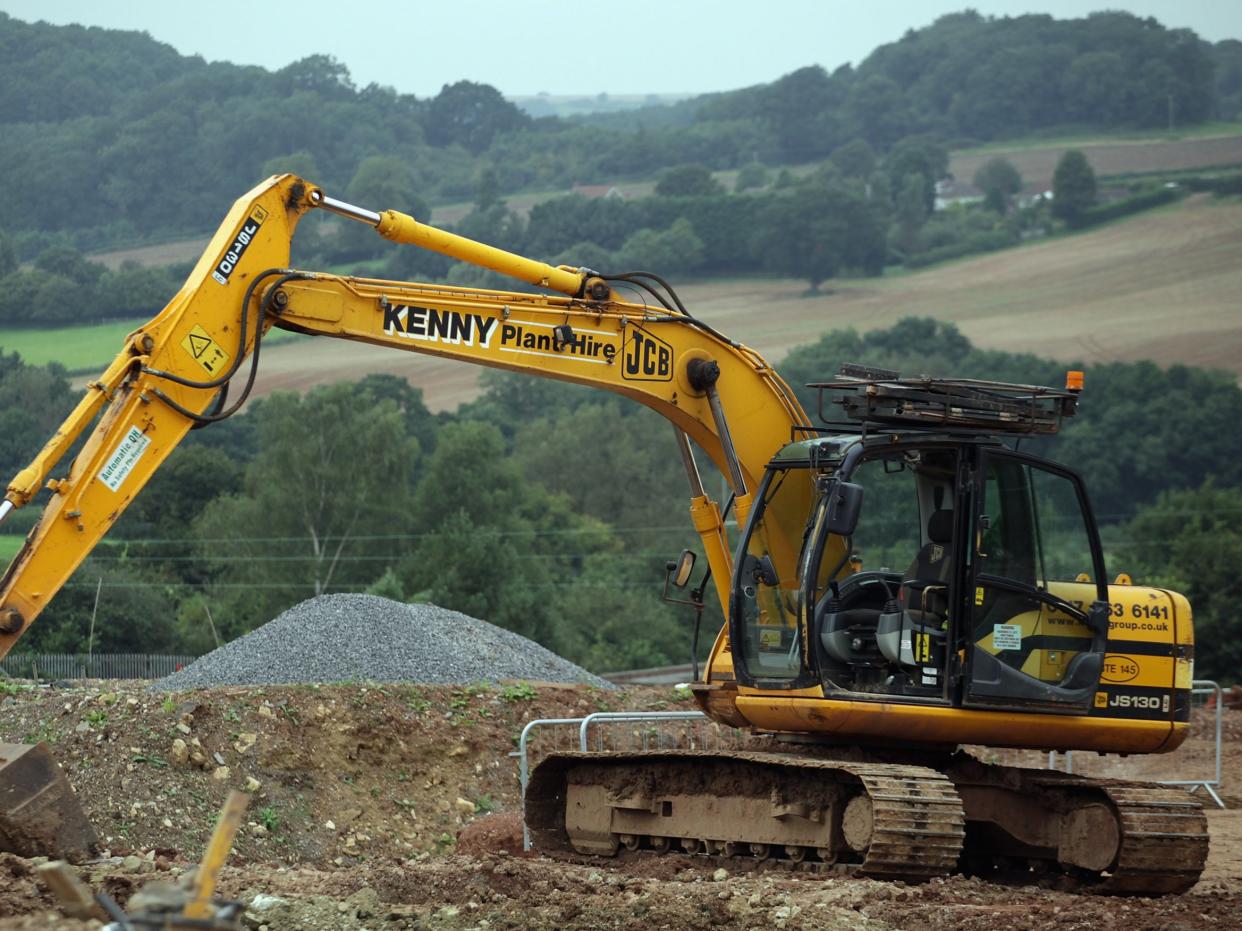Quarter of a million new homes planned on greenfield land, report warns

More than a quarter of a million new homes are planned to be built on former greenfield land, a report has warned.
The countryside charity CPRE has warned that despite increased appreciation of green spaces during the pandemic lockdown, the Green Belt is under “unprecedented” threat from new housing.
Its annual report on the Green Belt found there are currently 257,944 homes proposed for greenfield land removed from the Green Belt in local plans - more than four times the amount in 2013.
Developments in the Green Belt are not providing the affordable homes the country needs, with just 10 per cent of schemes between 2015/16 and 2019/20 considered affordable by the government, the report said.
And they are "land-hungry", the CPRE report warns, being built at a density of 14 houses per hectare, far below that of development outside the Green Belt.
The charity warns the situation is only going to get worse as the government's proposed method for calculating housing need under changes to the planning system will put extreme pressure on the Green Belt.
There is also an increasing trend for the number of homes that have been granted planning permission on land that remains Green Belt, the report says.
The threat to the Green Belt, countryside close to the homes of 30 million people, is revealed as a survey by Opinion on behalf of CPRE highlights how the pandemic has increased appreciation of green spaces.
The poll of 2,010 UK adults found two-thirds (67 per cent) thought protecting and enhancing green spaces should be a higher priority after lockdown, 59 per cent were more aware of their importance for mental health and wellbeing and nearly half (46 per cent) reported visiting green spaces more since the start of lockdown.
Crispin Truman, chief executive of CPRE, said: "Local countryside and green spaces have been a lifeline through lockdown.
"Our poll shows massive public support for protecting these places. Their importance for our mental health and wellbeing is undeniable.
"So to see the growing level of threat faced by the Green Belt, the countryside next door for millions of people living in our towns and cities, is extremely worrying."
He urged: "The government can and must act to stop the loss of Green Belt and ensure greater access to nature and green space is at the heart of our planning system."
The CPRE report calls for the government to introduce a clear "brownfield first" policy in the new Planning Bill, to make use of previously developed land.
It should also reintroduce effective city regional planning and ensure that strategic environmental assessments are not weakened so they can identify more sustainable or less harmful alternatives to Green Belt land, it said.
A spokesperson for the Ministry of Housing, Communities and Local Government said protecting the Green Belt was a priority and the national planning policy reinforces regenerating brownfield sites and prioritising urban areas.
"Our reforms to the planning system will protect our cherished countryside and green spaces as well as deliver high-quality and sustainable homes," they said.
"Green Belt decisions will remain with councils and communities, ensuring they have influence over development, location and design."
Additional reporting by PA
Read More
Calls for 15 'new millennial towns' to be built on green belt
'Dramatic' increase in threat to London's green belt, report warns
Developers accused of ‘gobbling up green belt’ without providing affordable housing

